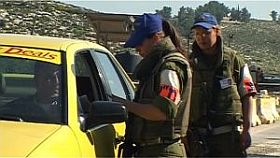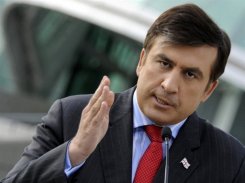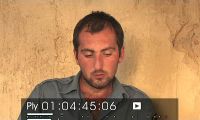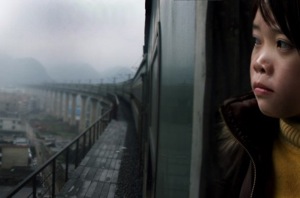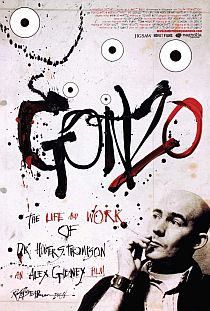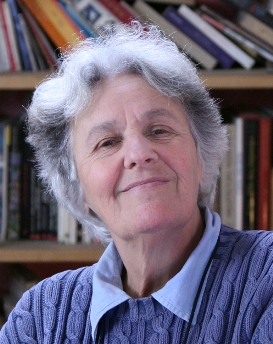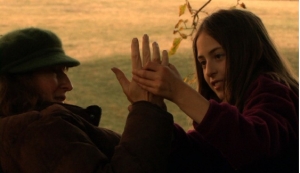


Tbilisi International Film Festival/5

The Pitch.Doc day included 10 projects to be pitched after a couple of days of training done by Georgian filmmaker Salome Jashi and me. The public pitching panel, arranged and organized by Anna Dziapshipa, had around 10 people to react critically and constructive to projects that for most of them were in an early development stage. The mix of panelists coming from film festivals, foreign filmmakers living in Tbilisi, a representative from Georgian Television and the CEO of Georgian Film Centre turned out to be succesful and active.
Peter Jan Smit, Dutch filmmaker, summarized the themes of the pitched projects like this at the closing award ceremony:
There was 1) a project on Moldova and the 1980 Olympics. 2) on spiritual and metallurgical purification in Los Angeles.3) on the lives of young theatre actors in Kiev. 4) an Azerbadjani view on Georgian Idp’s in Meskheti.5) the khevsuretian code of Love. 6) an Azerbadjani village with only women, the men went to town. 7) angry young people in Moldova asking for answers on the political development. 8) a story connecting the Spanish civil war, the Leningrad siege and the August war.9) the female war-generation perspective on the shortage of men in Yerevan. 10) photography capturing time in Kiev.
Yes, what a diversity of themes, most of them accompanied by visuals, moving images or stills. And a one-page – during the workshop – rewritten presentation of the project.
… and the winner of the award, 5000€ as a development grant, was Alina Abdullayeva (photo) from Azerbjadan with the intriguing story, ”Matchmaker”. She received the award from Camilla Larsson and Ulf Sigvardson from the Gothenburg Film Festival Fund. She and other pitchers will for sure be able to do well at European markets.
